6 Amazing Geeky Details On The New McLaren 720S

Launched in private meetings and then fully unveiled to the public at the Geneva Motor Show, McLaren’s new 720S will take on the Ferrari 488 GTB along with adding to the company’s Super Series portfolio. Taking over from the outgoing 650S, this new British supercar is claimed to achieve 0-62mph in 2.9 seconds and top out at 212mph. That means it can nip at the heels of the P1 without the need for any of the complicated hybrid business.
It manages this with an accumulation of incremental developments that has seen the 720S take a whole new shape when compared with the previous road-going McLarens, with the looks dividing opinions across the board. Sporting a seemingly gawping set of headlights and an interesting lack of obvious body features, the 720S is actually filled with the nerdiest of engineering that will have those who are technically-inclined drooling over the numerous features that have pushed the limits of automotive functionality.
It has a predictably functional name
As with past McLarens in the Sports and Super Series, the 720S has very much been named by a group of engineers rather than any artistic PR tosh.
Taking its name from the metric horsepower conjured from within the rear-mid-engined layout, the 720S supersedes the 675LT and 650S in terms of outright grunt along with countless other developments that turns McLaren’s latest product up a notch.
The headlights are integral to the cooling system
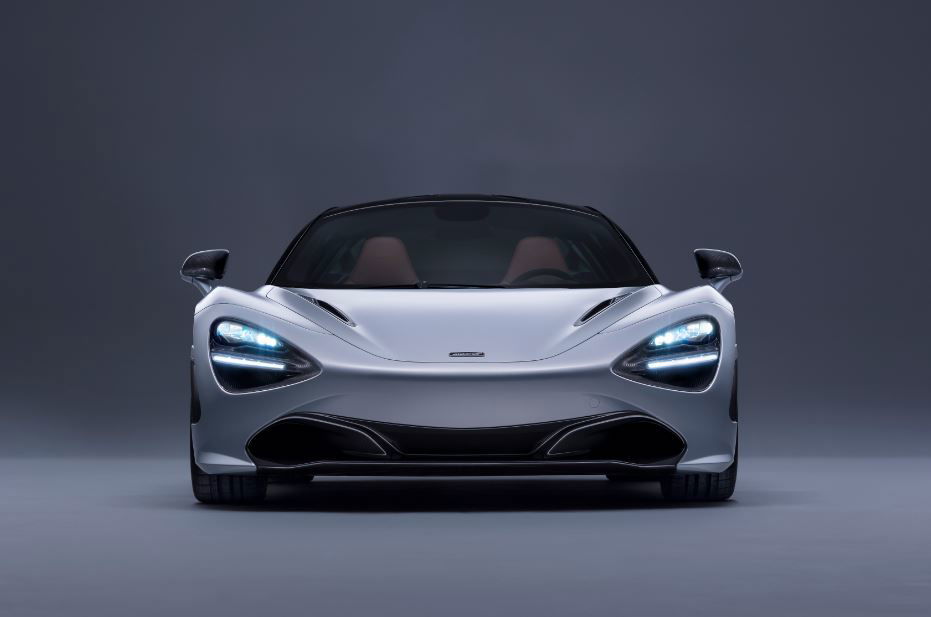
Known as the ‘eye socket’, McLaren has produced a quirky but unbelievably functional method of incorporating the headlights and front intakes into one neat package. A strip of LEDs make up the headlight, but the rest of the ‘socket’ is left open for air to reach heat exchangers lurking behind to cool the engine and drivetrain.
The lights are housed within an upright lense (most cars use a curved lense) which enhances the quality of the light produced by the LEDs. This is because the light has to pass through the minimum amount of glass to create a virtually undisturbed beam onto the road surface.
The flanks of the car have two skins
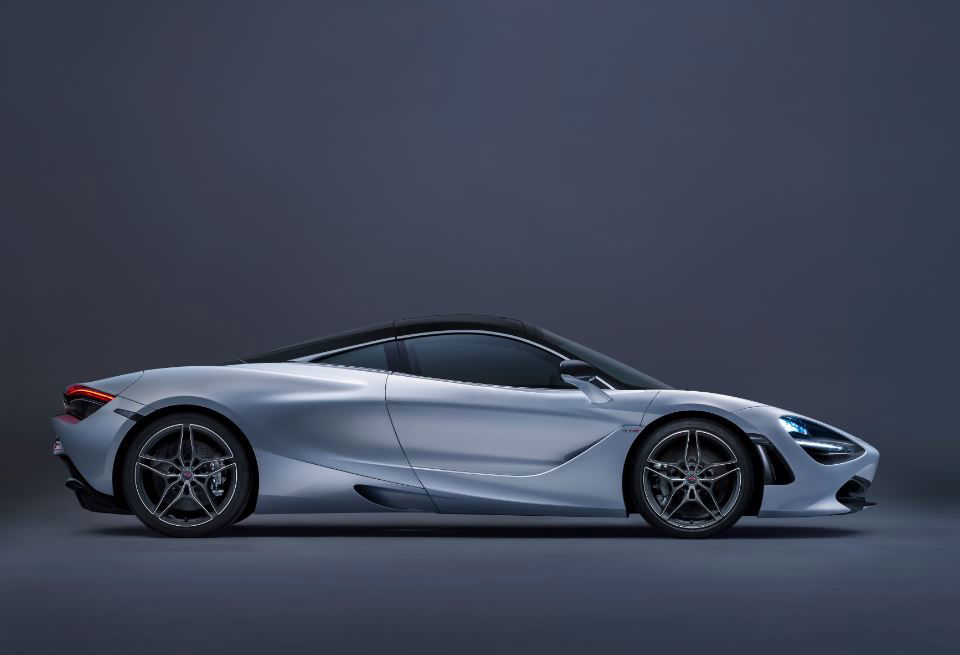
One aspect that seems to be missing from the 720S is a set of side intakes for the main source of cooling. The engineers at McLaren are some seriously ingenious people, however, and decided to ‘peel’ the door, creating two skins that allows a gap for airflow.
A groove starting from the bonnet channels air along the side of the car and down into the gap created, forcing low energy, smooth airflow straight to the main radiators to cool the 710bhp on offer.
The high energy, turbulent air created in the front wheel arch is also caught by the outer skin which channels the airflow down the side of the car, minimising drag. In fact the entire design is aimed at reducing drag with the eradication of large gaping side intakes along with the sleek solution for cooling at the front. Optimising cooling and drag is historically a tricky business but McLaren has found one hell of a solution.
The engine bay is bathed in its own light
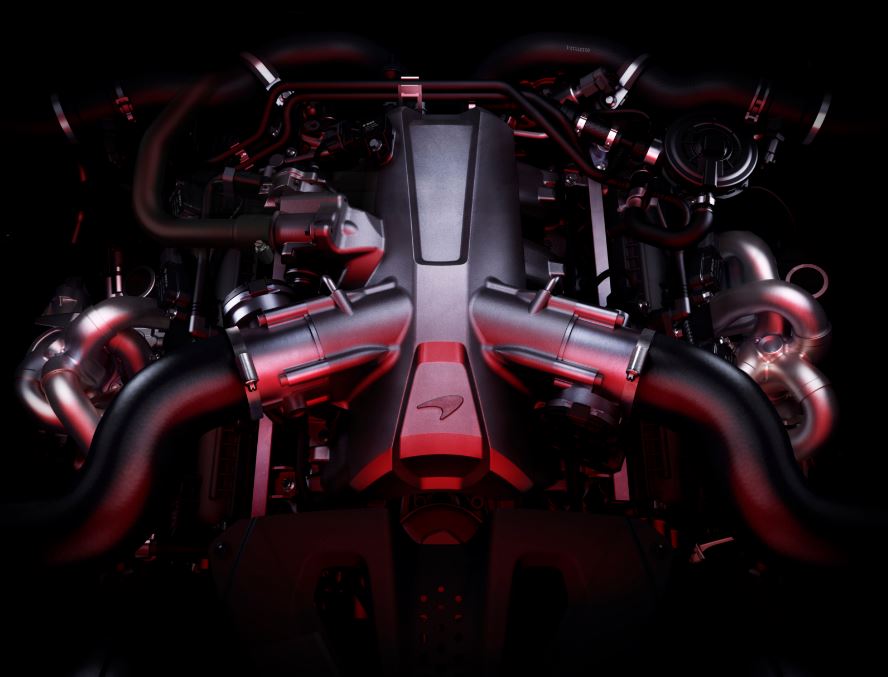
The rear deck of the 720S features chevrons that allow a peak into the engine bay. To draw attention to the engineer’s handiwork, the 4.0-litre twin-turbocharged V8 (up from the previous 3.8-litre variant) is illuminated so that, even at night, the head of the block can be seen sporting McLaren’s famous emblem.
It features a redesigned 'monocage' construction
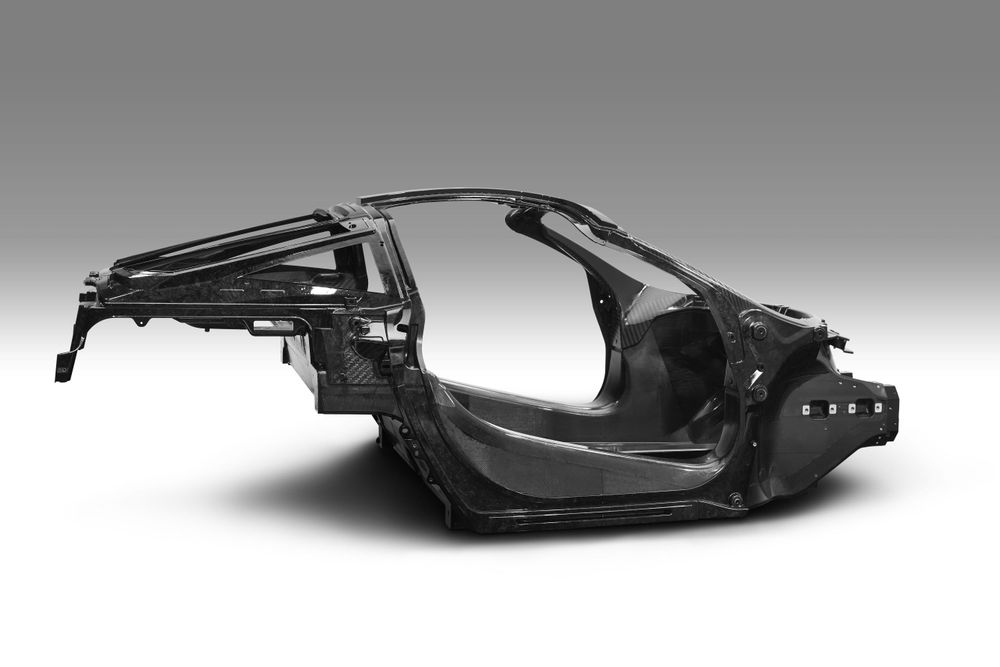
McLaren has been very proud of its carbon fibre monocoque chassis since the 12C, giving its cars an extremely rigid and lightweight platform to bolt the rest of the components to. In the 720S, McLaren has launched its ‘Monocage 2’, a development of its monocoque design that has allowed the interior to become less cramped along with cutting a few kilograms from the car’s weight.
The top of the doors are now more inset towards the centreline of the car meaning much taller people can easily get in and out. The pillars can also be made extremely thin due to the stiffness and strength of material with McLaren claiming ‘a connection with the driving environment like never before’. These all add up to show McLaren’s push towards making a track monster that can also tuck you up and take you home with ease.
The suspension setup has a mind of its own
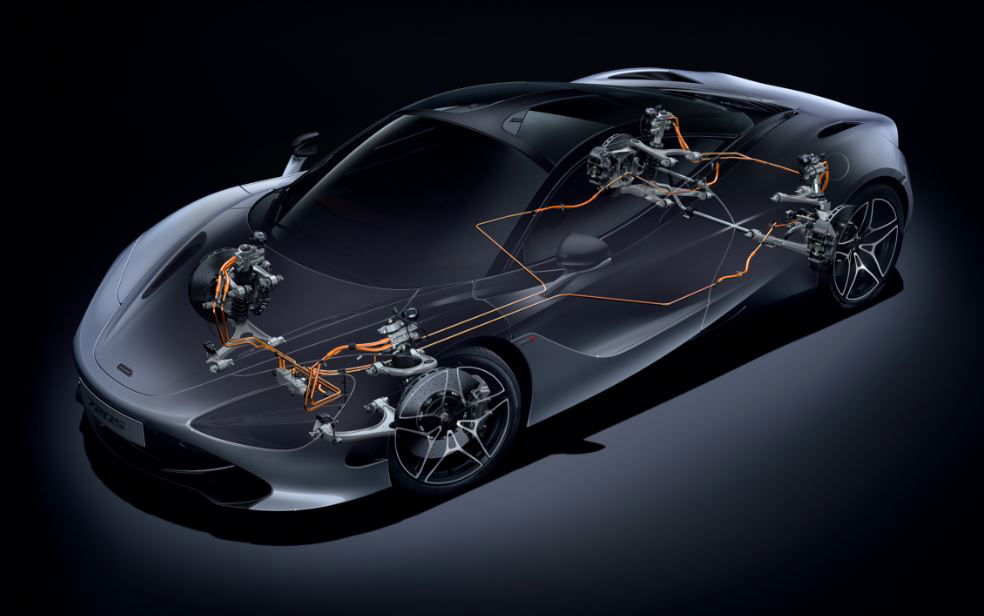
To optimise the performance of the chassis, McLaren has worked on ‘optimal control theory’ - a series of extremely complicated mathematics and coding that allows the car to effectively read the conditions and driving environment. The 720S will then alter ride height, stiffness and tyre contact patch depending on what it thinks is necessary, optimising grip and outright performance to make it one of the cleverest cars on the road.
It does this using a ‘state estimator’ which analyses the conditions and acts accordingly, allowing the car to alter itself throughout a lap to cope with different tarmac cambers and general body roll. As well as chassis compliance during performance driving, McLaren has made sure that this system is also calibrated for comfort, ensuring the real-world credentials of its latest Super Series product.
Comments
The lack of external aero gubbins has made it one stunning car
Pagination